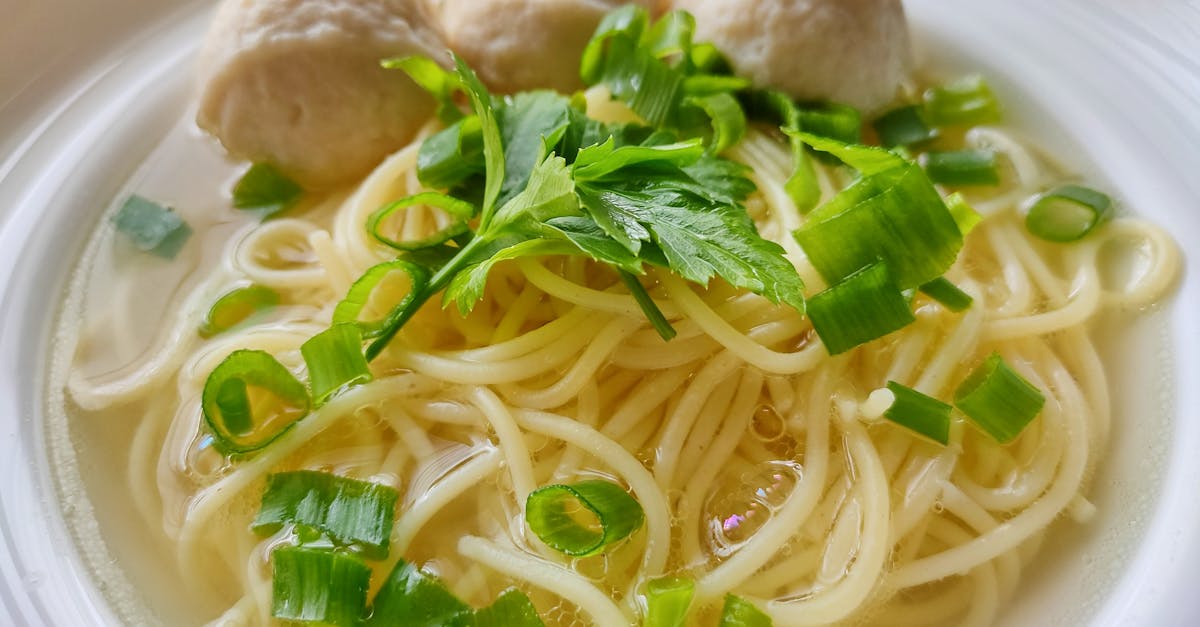Chicken soup is a comforting classic that can warm the heart and nourish the soul. Whether you’re feeling under the weather or simply craving a wholesome meal, making chicken soup at home is both satisfying and simple. In this guide, we will walk you through the essential ingredients and steps to create a delicious pot of chicken soup from scratch.
| Ingredients | Quantity |
|---|---|
| Whole chicken (3-4 lbs) | 1 |
| Carrots, chopped | 2 cups |
| Celery, chopped | 2 cups |
| Onion, diced | 1 large |
| Garlic cloves, minced | 3 |
| Bay leaves | 2 |
| Fresh thyme | 1 teaspoon |
| Salt | to taste |
| Pepper | to taste |
| Water or chicken broth | 8 cups |
Whole Chicken
The base of your chicken soup is a whole chicken, which can be either fresh or frozen. A whole chicken not only provides flavor but also makes the soup heartier. Aim for a chicken weighing between 3 to 4 pounds for the best results. If you prefer a leaner option, you can use chicken breasts or thighs, but remember that the flavor may be slightly different.

Carrots
Carrots add sweetness and color to your soup. Chopped into bite-sized pieces, they should be added early in the cooking process so they can soften and release their flavors into the broth. Use fresh carrots for the best taste, and feel free to adjust the quantity based on your preference for sweetness.

Celery
Celery is another essential vegetable in chicken soup that contributes to the aromatic base. It brings a subtle crunch and a distinct flavor that balances the sweetness of the carrots. Like carrots, celery should be chopped and added early to allow its flavors to meld with the other ingredients.

Onion
Onions are key for building the flavor foundation of your soup. Diced onions should be sautéed until translucent before adding other ingredients. They impart a savory depth that enhances the overall taste of the chicken soup.

Garlic
Garlic adds a robust and fragrant element to the soup. Minced garlic should be added to the onions during the sautéing process to release its essential oils. Garlic not only boosts flavor but also offers health benefits, making your soup even more nourishing.

Bay Leaves
Bay leaves are used to infuse the soup with a subtle herbal flavor. They should be added whole and removed before serving. Just a couple of leaves will do, as they can overpower the dish if too many are used. They bring a unique taste that is characteristic of traditional chicken soup.

Fresh Thyme
Thyme complements the flavors of the chicken and vegetables beautifully. Fresh thyme is preferable for its vibrant flavor, but dried thyme can be used in a pinch. Add it during the cooking process to allow its essence to permeate the soup.

Salt and Pepper
Seasoning your soup with salt and pepper is crucial to enhancing the flavors of the ingredients. Start with a small amount and adjust as needed, tasting throughout the cooking process. Remember that the saltiness can increase if you use chicken broth instead of water, so taste accordingly.

Water or Chicken Broth
The liquid component of your soup can be either water or chicken broth. Chicken broth will provide a richer flavor, while water is a lighter option. For a more intense chicken flavor, consider using homemade or store-bought broth. The amount can vary based on how much soup you want to make, but 8 cups is a good starting point for a hearty batch.

FAQ
Can I use leftover chicken for this recipe?
Yes, you can use leftover chicken. Just add it to the soup towards the end of cooking to heat it through and infuse its flavor into the broth.
How long should I simmer the soup?
Simmer the soup for about 1.5 to 2 hours if using a whole chicken. This allows the flavors to meld and the chicken to become tender.
Can I freeze chicken soup?
Absolutely! Chicken soup freezes well. Just let it cool completely before transferring it to an airtight container. It can be frozen for up to 3 months.
What can I add to make it more nutritious?
You can add leafy greens like spinach or kale, or other vegetables such as peas or corn, during the last few minutes of cooking for added nutrition.
For more detailed cooking guides and nutritional information, refer to trusted sources like the [USDA FoodData Central](https://fdc.nal.usda.gov/) and [CDC Nutrition](https://www.cdc.gov/nutrition/index.html).
